As many Canadian provinces are proposing cap and trade to deal with climate change, how does it help the industry and government?
In simple terms, under the cap and trade regime, “cap” means a legal limit on the quantity of a certain emission businesses can emit each year.
The “trade” is a market-based approach for controlling emissions through innovation or trading to meet the emission requirements under their “allocated limit”. If implemented well, this could be one of the most effective approaches to controlling greenhouse gas emissions in Canada.
However, it would be critical for sustainable environmental and economic development that any such “caps” are based on scientific knowledge and technical viability, as well as emission pricing is competitive in line with the national or global trends.
Some good examples to learn from include the EU, New Zealand, Australia and California where organizations are required to hold permits or set allowances. Emissions cannot exceed the permit and if a firm exceeds its emissions, it is required to buy credits (or allowances) from those who are well within their permissible limits. Thus, there are strong incentives for firms that invest in innovation and improve their environmental efficiency.
Besides the intangible benefits, the tangible benefits are twofold: it not only minimizes the cost of operation, but also provides an opportunity to generate revenue from trading in their saved emissions (credits) and turning pollution cuts into dollars.
On the other hand, the option to buy allowances also gives companies flexibility to make longer-term investments instead of quick changes for reducing their emissions. Such companies can trade in allowances to meet each year’s cap until they are ready.
A key feature under the cap and trade regimes normally is that the caps (or enforceable emission limits) are lowered over time, aiming usually towards the national emission reduction targets. Check; Kroger Weekly Ad, ALDI Weekly Ad, ALDI Catalogue, IGA Catalogue, Meijer Weekly Ad, Publix Weekly Ad, Coles Catalogue, Supercheap Auto Catalogue. For example, the cap declines by 3% to 4% per year in programs in Quebec and California.
Thus the industry will always be required to plan ahead and continually improve their emission performance through technological innovations or operational efficiency.



